Simple lessons on teaching the grammer of art.

Welcome!
My name is Anna and I am a previous art teacher and current homeschooling mom.
I’ve created this blog to share art lessons that correlate to the Classical Conversations curriculum and to also give parents simple ways to teach art concepts beyond their CC community day experience. I hope it helps you!
I also publish a series of videos called Mealtime Monets that offer art lessons corresponding to Classical Conversations fine arts curriculum. -Anna
-

Cycle 3 Week 14- Picasso’s Portraits
Pablo Picasso is one of the forerunners of Cubism, an art movement that began in the early 1900’s. He began painting subjects from multiple viewpoints, giving his work a blocky, fractured look. Words I would use to describe his work are messy, explosive, and even disturbing. Your students will have a lot to talk about…
-

Cycle 3 Week 1- North American Animal Drawings
My family and I took a road trip a few years back, following part of the route that Lewis and Clark took to the Pacific Ocean. We listened to the book Seaman: The Dog Who Explored the West with Lewis and Clark, visited the Lewis and Clark National Historical Park, and relaxed in the beauty…
-

Cycle 2 Week 17- Morisot & Impasto
This project is about creating texture through paint. The Impressionists used a technique called “impasto”, using thick paint on the canvas in such a way that the texture was very apparent and purposeful. When I first did this lesson several years ago, I followed the lesson idea from the book Discovering Great Artists closely. You…
-

Cycle 2 Week 18- Van Gogh’s Starry Night
I’m super excited that Van Gogh is part of our great artists line up this year. Talk about a famous artist. His work also provides a link in the chain of how we got from realistic artwork to abstraction in the early 1900s, which is a great topic of conversation. This project walks students through…
-
Welcome back!
The new school year is at my family’s doorstep, and I’m beginning to shift my thoughts from summer vacation back to homeschooling and lesson planning. With the 5th edition Foundations Guide changes, I know that many of you have also been planning ahead and wondering if I will have new lessons focused on the new…
-
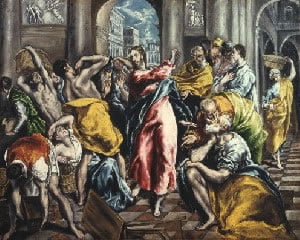
Cycle 1 Week 18- El Greco
Our last great artist for the year is Domenikos Theotokopoulos. Try saying that five times fast! It’s no wonder people just called him “The Greek”. Or maybe it’s because he lived and worked in Spain, but was born in Greece. Hmm. El Greco (“The Greek”) is known for his elongated, slender figures. He was more…
-
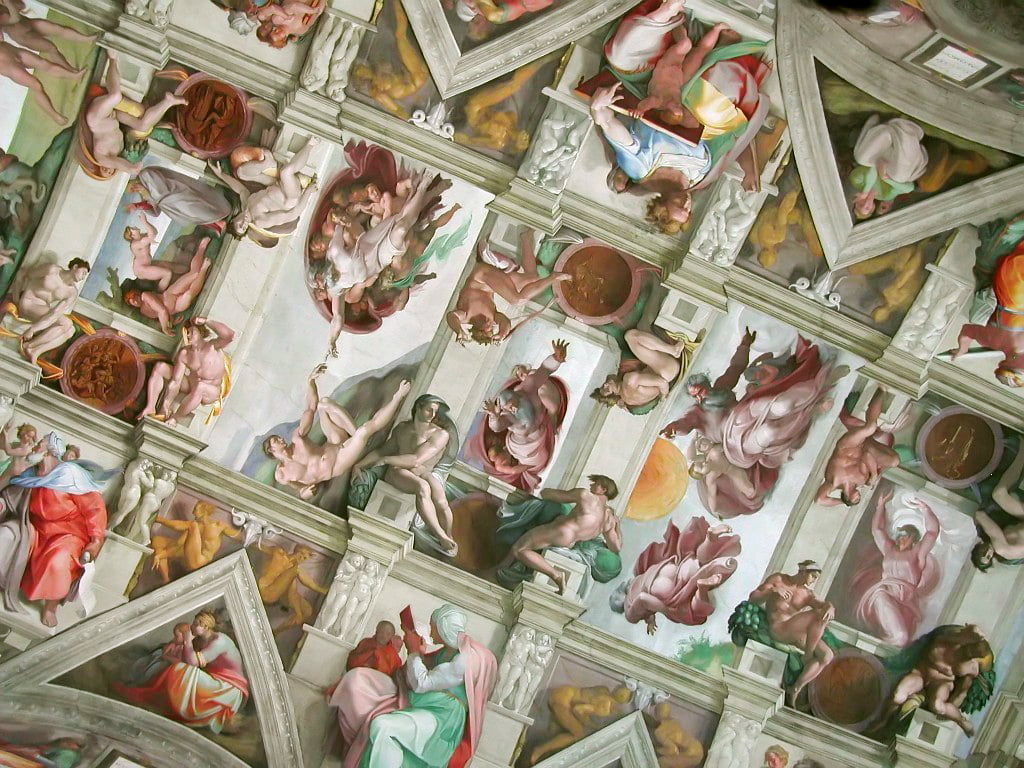
Cycle 1 Week 17- Michelangelo
When I think of Michelangelo painting the Sistine Chapel ceiling, I picture him lying on his back atop huge scaffolds, working in this position for years and years. I’m not sure if I was formerly taught this, but come to find out, it’s a widespread misconception! He did work atop tall scaffolds, but stood upright…
-
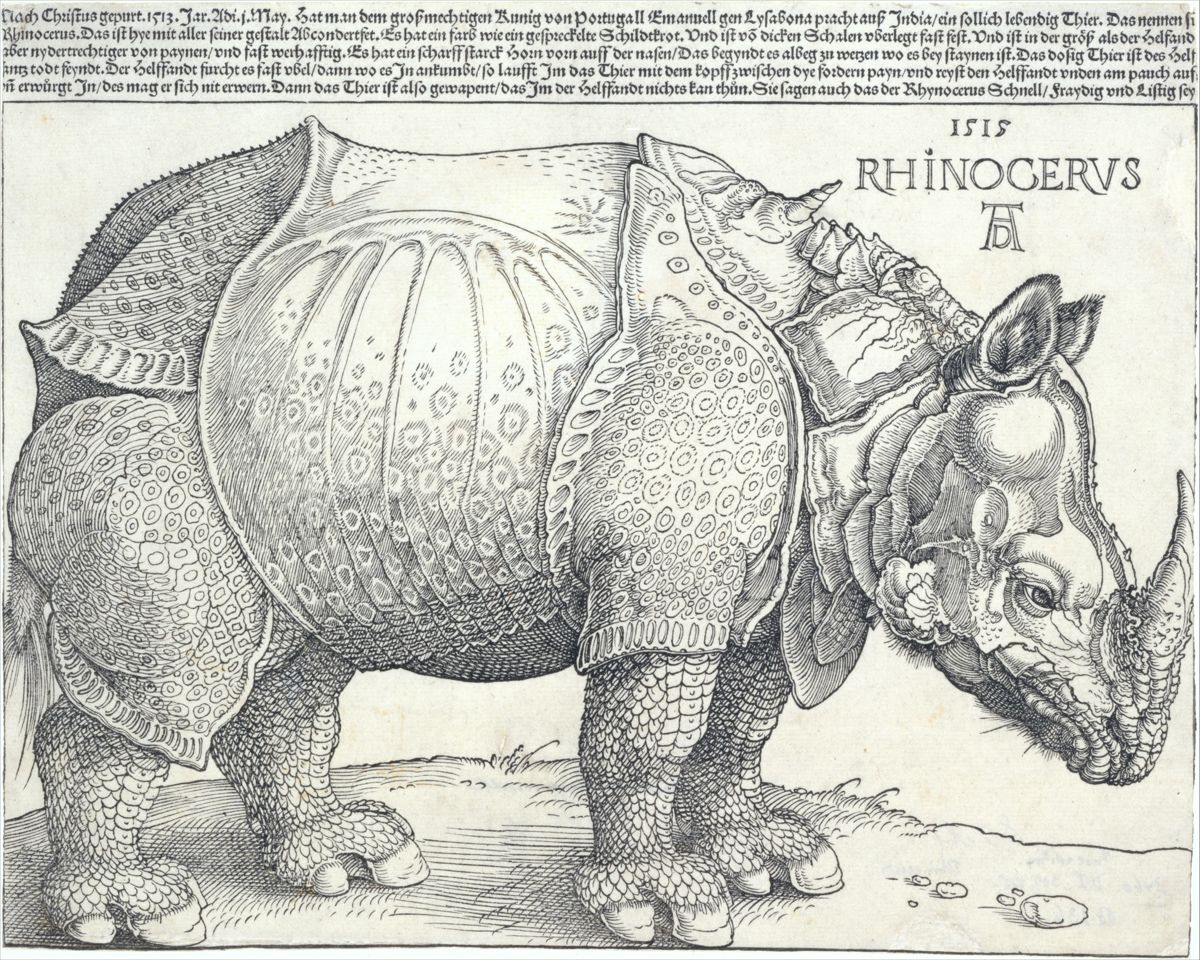
Cycle 1 Week 16- Durer
Durer created beautiful masterpieces in all sorts of media, from oil paint to watercolor, and etchings to woodblock prints. His prints were beyond compare, especially for the time period, and still wow us today. One of his most famous woodblock prints is Rhinoceros, and so this lesson plan focuses on animal subject matter for creating our…
-
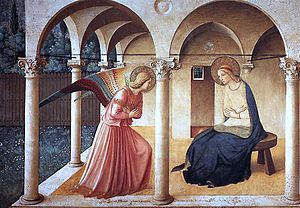
Cycle 1 Week 15- Angelico
Fra Angelico is well-known for his altarpieces and frescoes, his most notable being The Annunciation painted in the Convent of San Marco in Florence, Italy. He painted several paintings on this same theme throughout his life, but this is by far his most well-known work. To help students get a firm grasp on his subject matter,…
-
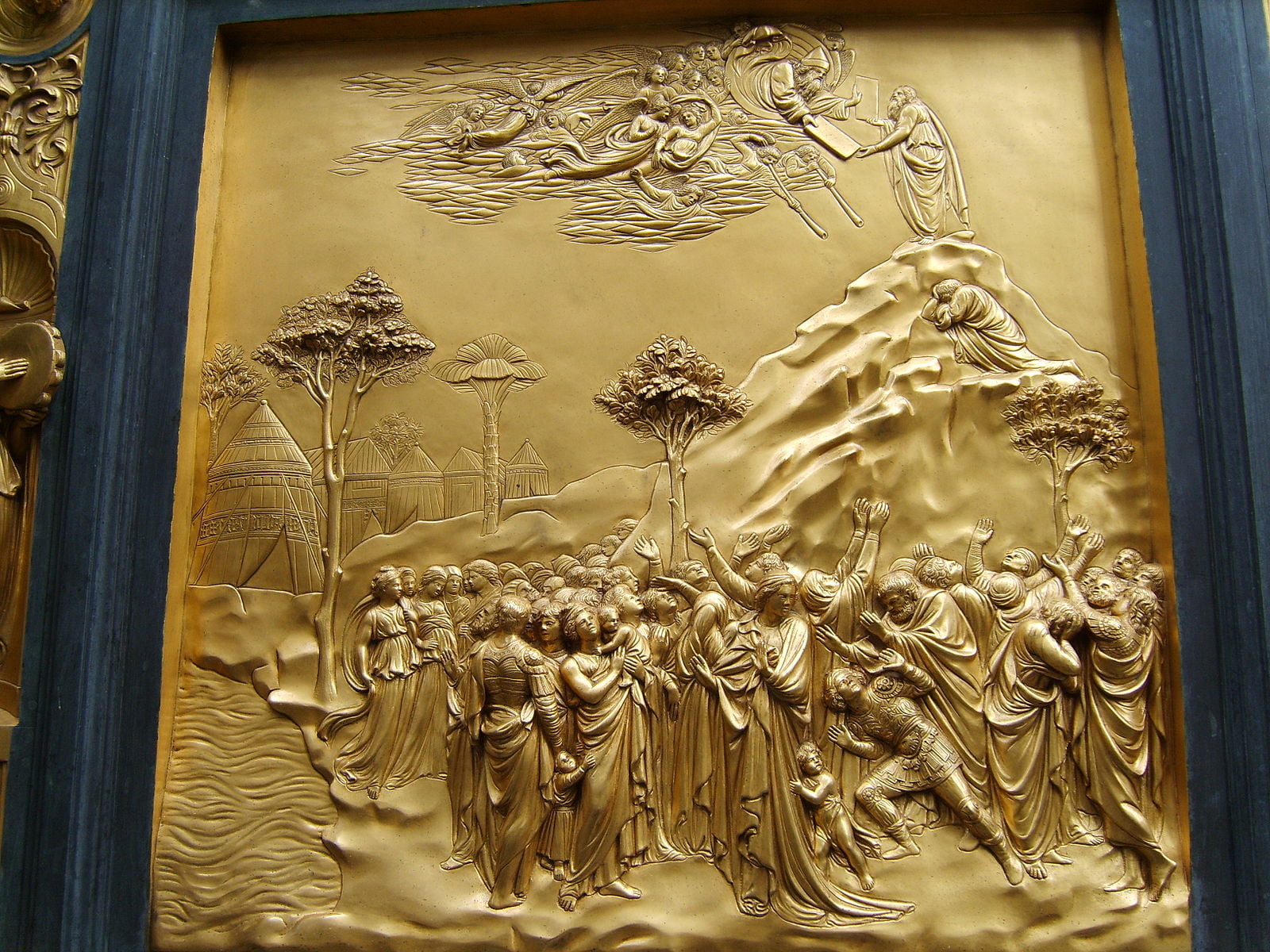
Cycle 1 Week 14- Ghiberti
Ghiberti’s masterpiece, dubbed the “Gates of Paradise”, are beautiful relief panels adorning the doors of the Baptistry of San Giovanni in Florence. It took over twenty years for Ghiberti to complete this project! He first carved wax molds, then cast them in bronze, and then polished, sanded, and incised details. Finally, he covered them with…